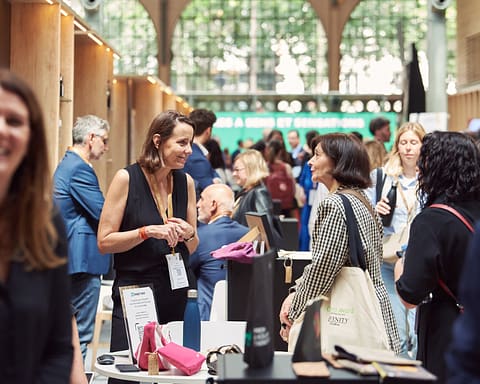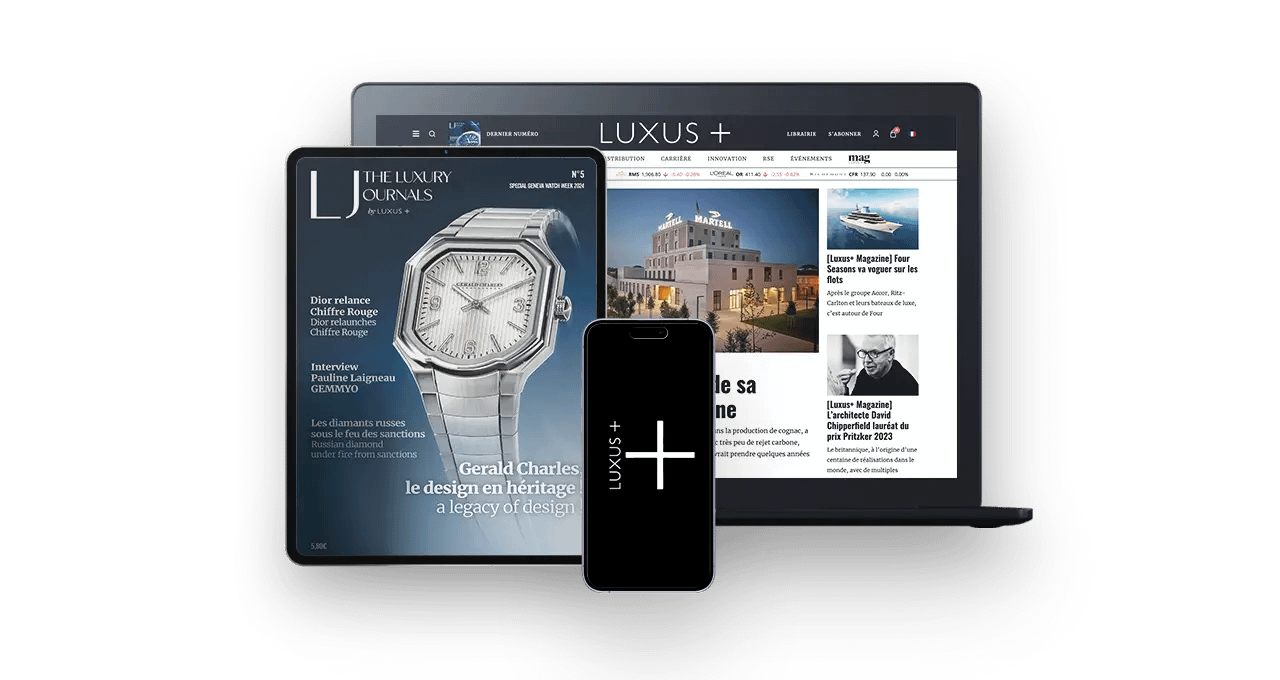In 2020, Lexposia created the Assises Juridiques de la Mode, du Luxe et du Design, a study day that brings together legal professionals and executives from the world of luxury. The expertise of intellectual property lawyer Emmanuelle Hoffman has helped shape a program that tackles the legal issues of the luxury industry in depth. For this fourth edition, each speaker, an expert in his or her field, contributes to creating a dynamic and inclusive learning environment, encouraging the sharing of knowledge and experience. Interview.
Emmanuelle Hoffman, at the Assises juridiques de la mode et du luxe 2024, for which you are scientific director, you were particularly keen to highlight the adaptation of the law to the new challenges posed by social networks, AI and metaverses. Could you give us a concrete example of how these technological evolutions are impacting the protection of brand intellectual property?
As we saw at the conference, new technologies impact rights holders in many ways.
Take artificial intelligence, for example: it can be used to monitor social networks for counterfeit activity or unauthorized use of products to which the company holds rights. AI could thus be trained to automatically identify images, brand mentions and counterfeit products across millions of posts on social networks.
Indeed, the development of social networks has also led to an increase in online counterfeiting, and it has become imperative for rights holders to control and monitor these platforms, which are becoming increasingly aware of this phenomenon and are now tending to set up tools to encourage the reporting of litigious content.
Artificial intelligence could also be used to analyze data relating to online counterfeiting, identifying counterfeiting trends or the markets in which counterfeits are most prevalent. This could then enable rights holders to develop effective, targeted anti-counterfeiting strategies. As far as metavers are concerned, from 2023 onwards, there will be a surge in trademark applications specific to this new technology, as rights holders in particular wish to protect themselves against any infringement of their rights in virtual worlds.
But the biggest problem at present remains the question of how to deal with works created using generative artificial intelligence: what about the legality of collecting the data that establishes the AI’s training corpus? And how can we determine the ownership of works created in this way?
New technologies continue to put intellectual property rights and legislation to the test!
French luxury goods have long used the law as a lever for promotion and protection. In the current context of growing environmental concerns, how do you see the role of law in promoting sustainability and the circular economy evolving within the luxury industry?
The role of law in promoting sustainability and the circular economy in the luxury goods industry is set to become increasingly crucial as environmental concerns continue to grow.
Governments are also tending to introduce stricter regulations on production practices, materials used and waste management in the luxury goods industry.
France has been a forerunner in this field in Europe, with the adoption of the anti-waste law for a circular economy known as the “AGEC law”, which includes a ban on disposing of unsold goods.
The European Union is not to be outdone, notably via its strategy for sustainable and circular textiles, which stipulates that, by 2030, “all textile products placed on the EU market are sustainable, repairable and recyclable to a large extent, made from recycled fibers, free from hazardous substances, and produced with respect for social rights and the environment”.
This also requires the adoption of environmental legislation, in particular the Eco-Design Regulation (ESPR), which aims to ban the destruction of unsold goods for certain products, notably textiles.
But regulations may also eventually require greater transparency from luxury companies regarding their environmental footprint, sourcing practices and sustainability efforts, to enable consumers to make informed decisions and encourage companies to improve their environmental performance.
The law can play a key role in establishing a regulatory and incentive framework conducive to promoting sustainability and the circular economy in the luxury goods industry, thus helping to mitigate its impact on the environment.
In your recently published book, the chapter on packaging highlights the importance of legal protection of packaging design and aesthetics for luxury brands. What advice would you give luxury brands to maximize the protection of their creations in this field, while remaining compliant with current regulations?
Read also>BIBLIOGRAPHY: “NOUVEAUX MONDES, NOUVEAUX DROITS: À VOS MARQUES” BY EMMANUELLE HOFFMAN
Featured photo : © Cabinet Hoffman





































